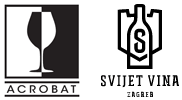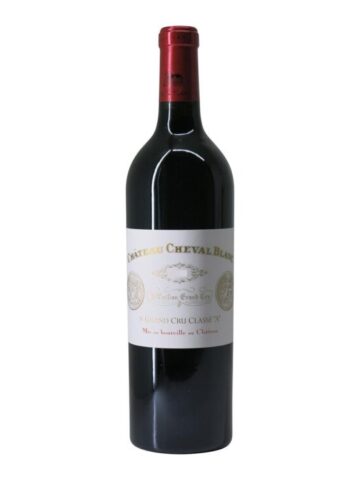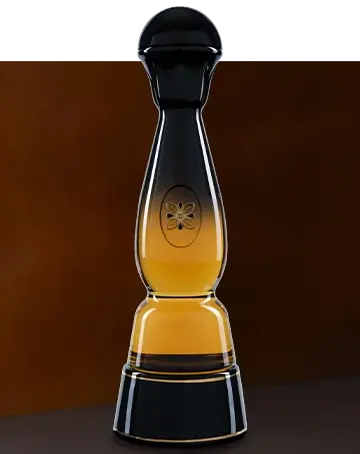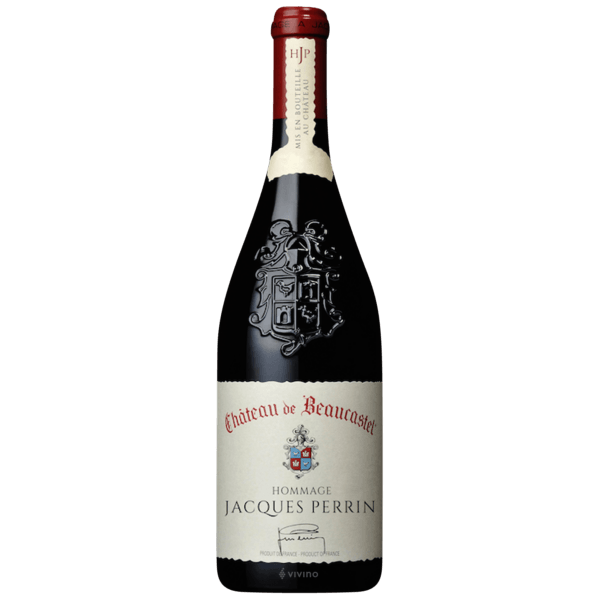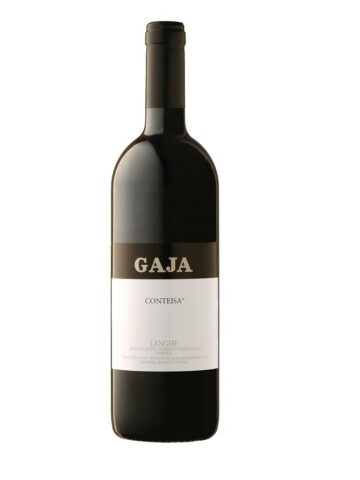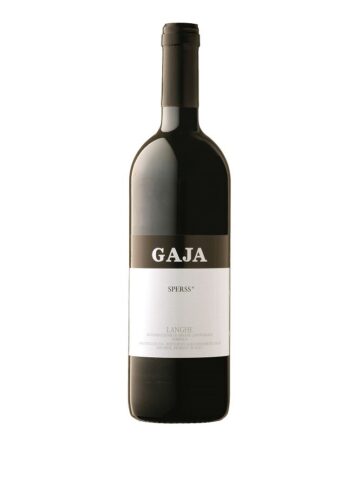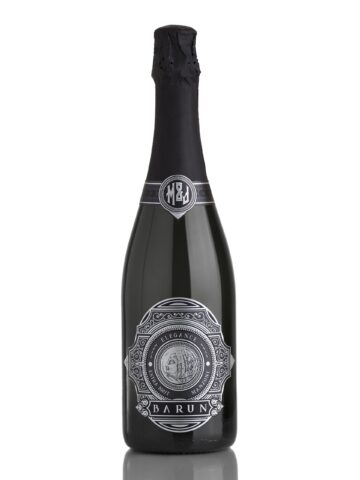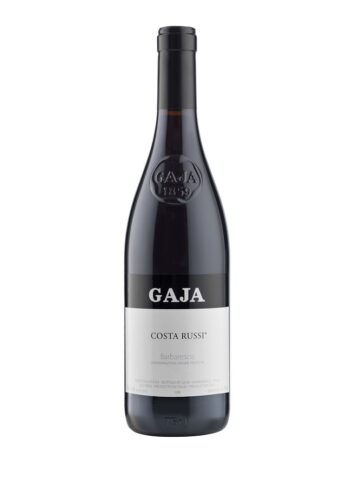REGIJA / REGION
Pokrajina Provansa se nalazi na jugu Francuske uz sam Mediteran te je jedna od regija koja ima veoma bogatu i dugu povijest. Ime Provansa dolazi od lat. nostra provincia što znači moja provincija.
Današnji Marseille osnovan je u 6. stoljeću prije Krista od strane trgovaca koji su počeli naseljavati ovo područje te tu saditi vinovu lozu i raditi vino, zbog čega je Provansa najstarija vinarska regija u Francuskoj. Tadašnja vina crna vina nisu bila macerirana već brzo prerađena pa su imala blijedo roza boju. Vina Marssalie-a bila su poznata po cijelom rimskom carstvu.
Regija je bila kolonizirana od strane vladara Barcelone, kraljestva Burgundije i Rimskog carstva, no najveći utjecaj na vinograde i vinarstvo u Provansi imali su katolički redovnici. Zbog različitih povijesnih utjecaja u Provansi se sadi mnogo različitih sorti vinove loze.
Kroz cijelu Provansu kao udomaćene divlje vrste raste ružmarin, borovica, timjan i lavanda, mnogi vele da one zajedno daju posebnu notu provansalskim vinima.
Provansa ima klimu koja je odlična za uzgoj grožđa; dobiva puno sunca i ne previše kiše, ima tople dane s hladnijim noćima te mediteran koji ublažava temperature i vjetrovi s mora koji održavaju vinograde suhima i bez bolesti. Provansa također ima i mnogobrojne planinske lance i teksture u reljefu (padine i udoline) koje zajedno s raznovrsnim tlom i klimom čine savršene uvijete za vinovu lozu.
Zbog većine regije te mnogo različitih utjecaja (klima, visinska pozicija vinograda, tlo i padaline) razlika u početku berbe na toplom jugu i u hladnijim područjima unutrašnjosti regije može biti i do 60 dana.
Provansa je jedna od najviše podcjenjenijih vinskih regija u Francuskoj, a najveća je regija u Francuskoj po proizvodnji vina. Provansina proizvodnja vina najviše se bazira na proizvodnji rose-a (89% ukupne proizvodnje) te jedina ima institut za istraživanje istog. Područje Cassis-a poznato je po proizvodnji bijelih vina dok je Bandol-o poznato po proizvodnji crnih vina.
Vina provanse bila su lošeg statusa sve do 1971. kada je Hugh Johnson napisao kritiku o vinima te pohvalio rose iz Provanse. Od tada u Provansi se sade visokokvalitetne sorte te se koriste nove tehnologije i metode u proizvodnji.
The province of Provence is located in the south of France along the Mediterranean and is one of the regions with a very rich and long history. The name Provence comes from the Latin nostra provincia which means my province. Today’s Marseille was founded in the 6th century BC by merchants who began to inhabit this area and plant vines and make wine there, making Provence the oldest wine region in France. The wines of the time were not macerated but quickly processed, so they had a pale pink color. Marssalie wines were known throughout the Roman Empire. The region was colonized by the rulers of Barcelona, the Kingdom of Burgundy, and the Roman Empire, but the greatest influence on the vineyards and winemaking of Provence was exerted by Catholic monks. Due to different historical influences, many different grape varieties are planted in Provence. Throughout Provence, rosemary, pine, thyme and lavender grow as domesticated wild species, and many say that together they give a special note to Provencal wines. Provence has a climate that is great for growing grapes; it gets a lot of sun and not too much rain, has warm days with colder nights and a Mediterranean that alleviates temperatures and winds from the sea that keep the vineyards dry and disease-free. Provence also has numerous mountain ranges and textures in relief (slopes and valleys) which together with the diverse soil and climate make perfect conditions for the vine. Due to most of the region and many different influences (climate, vineyard height, soil and precipitation), the difference in the beginning of the harvest in the warm south and in colder areas of the interior of the region can be up to 60 days. Provence is one of the most underrated wine regions in France, and is the largest wine-producing region in France. Provence’s wine production is mostly based on rose production (89% of total production) and is the only one to have an institute to research it. The Cassis area is known for its white wine production while Bandol is known for its red wine production. Provence wines were of poor status until 1971 when Hugh Johnson wrote a critique of the wines and praised the roses from Provence. Since then, high-quality varieties have been planted in Provence and new technologies and production methods have been used.
